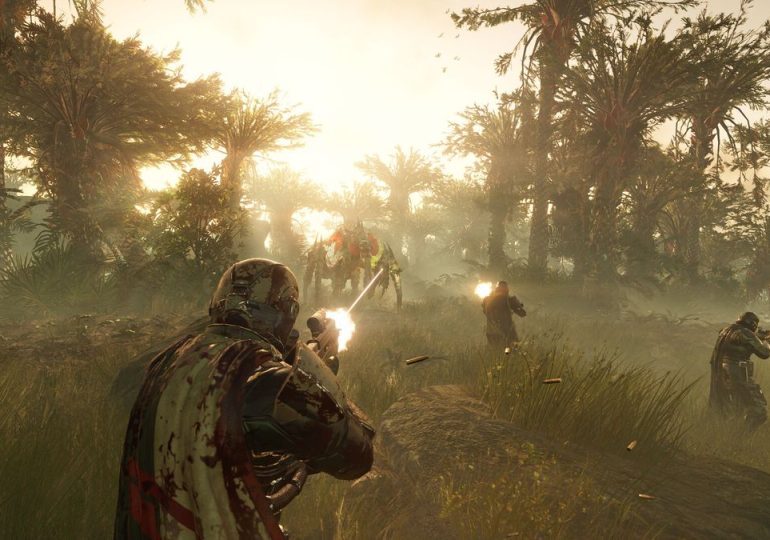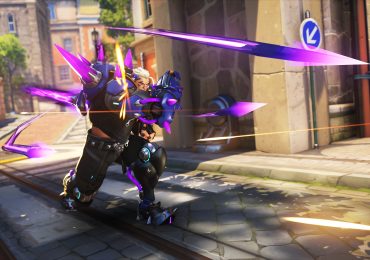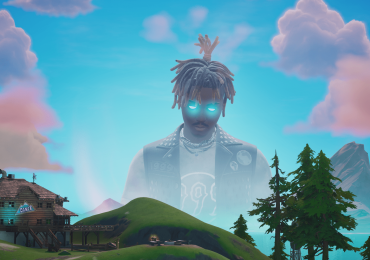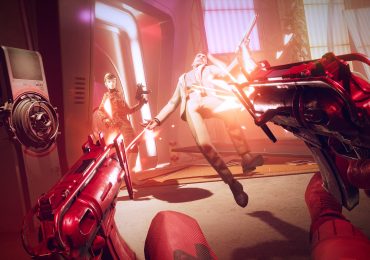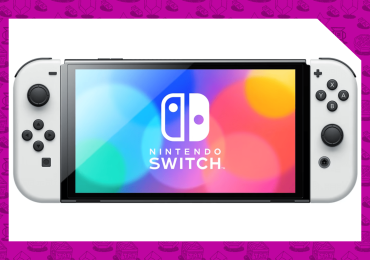During the approaching summer of game announcements, one topic will be of particular interest to game industry watchers: exclusivity. This will certainly be true of the Xbox showcase on June 9, as Microsoft faces intense scrutiny over its decision to expand into publishing a handful of first-party Xbox games on Nintendo and PlayStation consoles. There have been reports that the company wants to take this policy further, and it has already committed to Call of Duty remaining multiplatform. Will it put older Halo, Forza, or Gears of War games on PS5? Will it commit to Xbox console exclusivity for major upcoming games, like Indiana Jones and the Great Circle?
In truth, though, this isn’t just a question for Xbox. Across the game industry, the concept of platform exclusivity is being challenged, and the stronger sales of PS5 compared to Xbox Series X aren’t going to allow Sony to dodge the issue forever. Recently, Square Enix said it would “aggressively pursue” a multiplatform strategy after a string of its PlayStation exclusives underperformed. And Sony’s higher-ups are surely debating these policies internally after Helldivers 2’s simultaneous launch on Steam was instrumental in propelling it way past expectations (it became the fastest-selling PlayStation Studios game ever).
In fact, the pure console exclusive, as a concept, has already been dead for some time. (Except for Nintendo, but we’ll get to that.) Microsoft has been publishing its first-party games simultaneously on both Xbox and PC (first on its own Windows store, later on Steam) since the mid-2010s. Sony has been making PC versions of PlayStation exclusives since it published Horizon Zero Dawn on Steam in 2020. Publicly, Sony remains committed to releasing its games on PlayStation first, and so far, its titles have had at least one year of console exclusivity — but it has already eroded this policy by saying it will make an exception for live-service games like Helldivers 2.
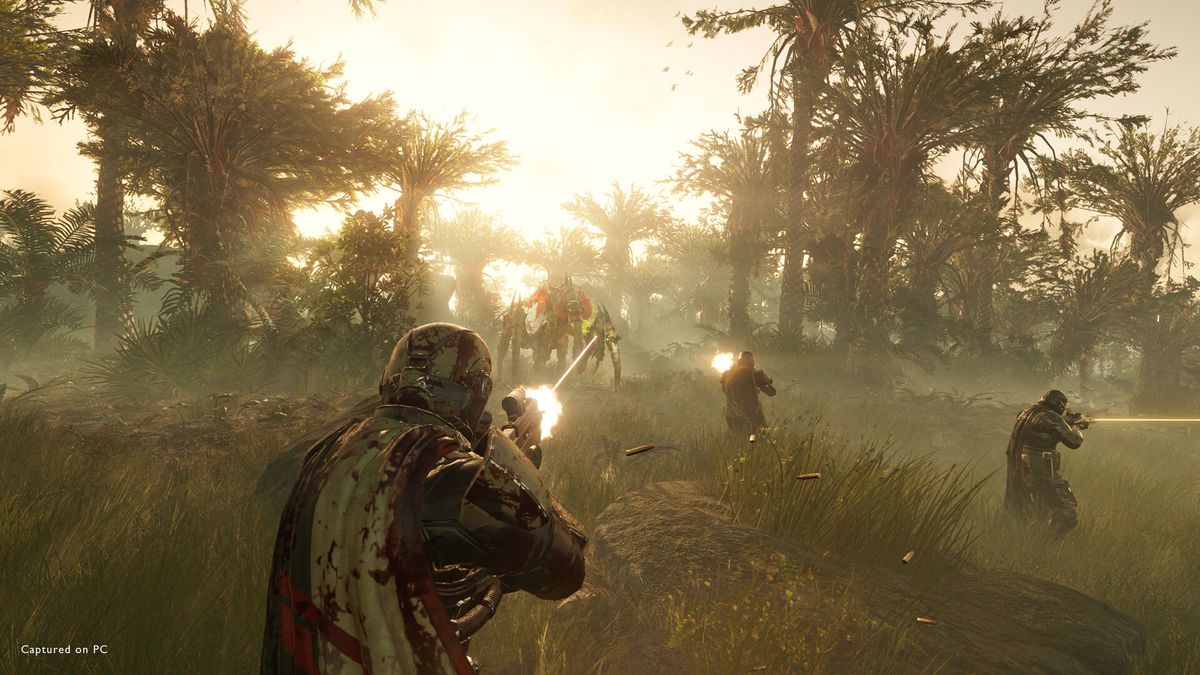
The prevailing wisdom in the video game industry used to be that exclusive games were the pillar that could prop up a whole platform. Must-have games that couldn’t be played anywhere else were the reason to choose one console over another, or to buy one in the first place. The games drove the console sales, the console audience drove the game sales, and the whole system raked in money from third-party publishers eager to be part of a healthy platform. What changed?
To put it simply: Games have gotten too expensive to make. To put it only slightly less simply: Game budgets are growing much faster than the audience is. In fact, at the moment, the audience for AAA games barely seems to be growing at all.
In a thought-provoking thread on X, former Square Enix executive Jacob Navok laid out why games like Final Fantasy 16 and Final Fantasy 7 Rebirth could fall short of their sales expectations. Were Square Enix’s hopes unreasonable? No, Navok explained: The publisher usually set reasonable profit goals based on the games’ budgets, but due to the very long development process of AAA games like this, those budgets were set as early as 2015, before Fortnite and other free-to-play and live-service games changed many players’ gaming habits.
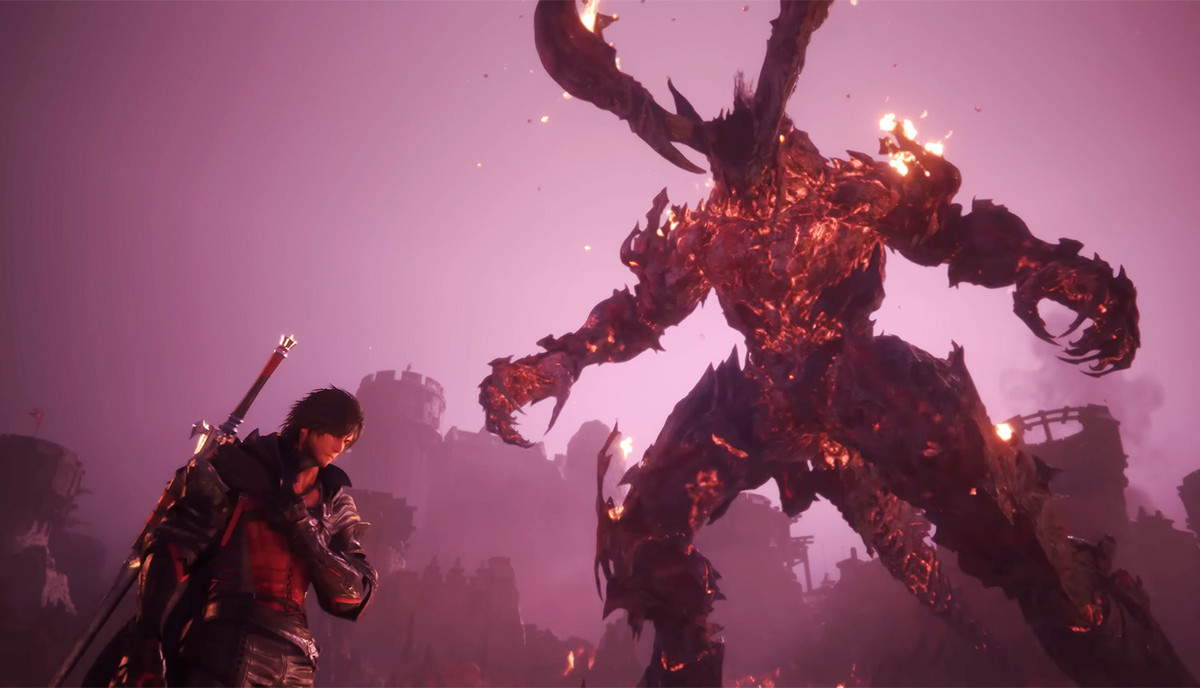
That production costs would increase over that time was expected by publishers like Square Enix — they always have. But the size of the audience has always grown alongside the budgets to offset this. Now, growth has stalled.
Navok pointed to the rise of live-service games, Fortnite in particular, as a reason for this: games that become permanent fixtures for vast numbers of players, sucking up hundreds of hours of playtime for each player, and squeezing out game purchases they might otherwise make.
The end result is that for major, AAA game productions, the sums don’t add up any more. Spider-Man 2 reportedly cost over $300 million to develop and has generated a relatively meager return on investment for Sony, despite its strong sales. Many have blamed over-investment after the pandemic gaming boom for the game industry’s current financial crisis, and that’s partly true, but the underlying trend of this shift in gaming habits is surely a factor, too.
So how do publishers address the fact that the cost of making games is growing, but the audience for them isn’t? The most straightforward answer is to raise prices, and Navok predicts this change is coming, possibly with Grand Theft Auto 6.
Failing that, a quick fix is to increase the potential audience size of your AAA production by simply putting it on another platform. A PC version, at least, is clearly considered a necessity by both PlayStation and Xbox now. It seems the need for these games to make a decent profit has exceeded their value to the platform holder as incentives to buy into a console ecosystem.
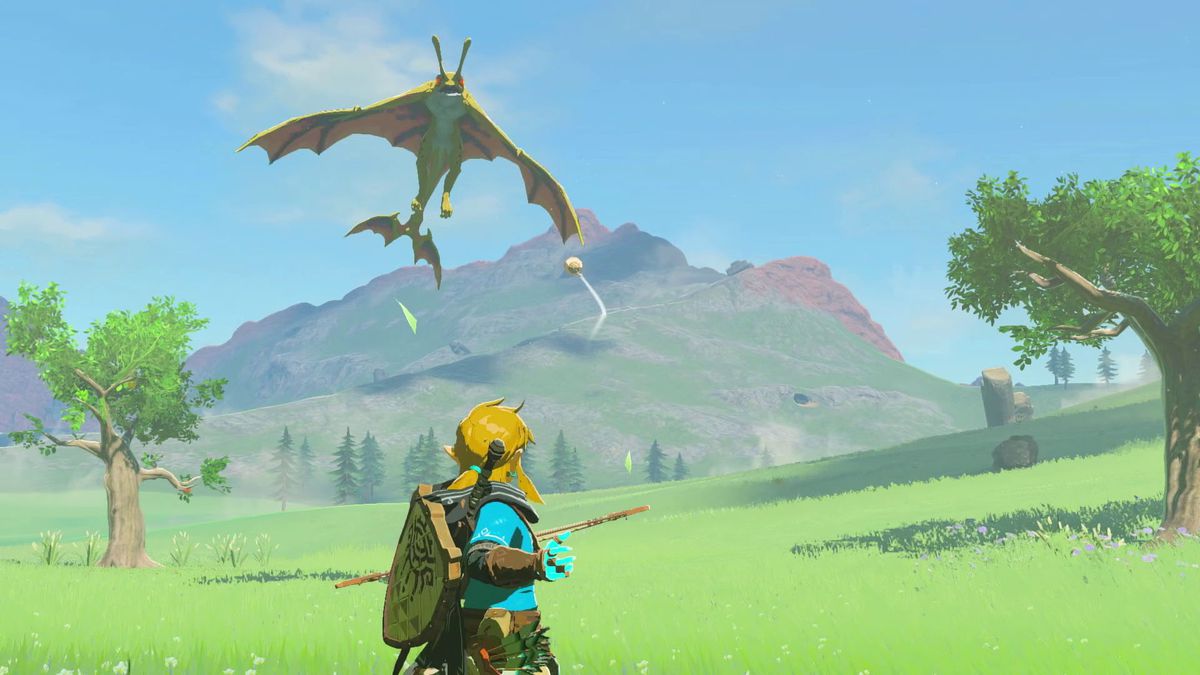
So why is Nintendo seemingly immune to these changes? It spends far less making its games. Nintendo opted out of the graphical arms race between PC, Xbox, and PlayStation as far back as 2006 with the Wii, and since then it has been making games for systems with relatively modest technical specifications, requiring fewer production resources.
This dovetails neatly with Nintendo’s house style of games, which are sophisticated in design but realistic in scope, and made by smaller in-house teams. The only games Nintendo has made in recent years that could really be called AAA — meaning, productions of comparable scale to those undertaken by its competitors — are The Legend of Zelda: Breath of the Wild and Tears of the Kingdom. And, thanks to the much simpler hardware they run on, the cost of producing these games is far lower than the likes of Spider-Man 3 or Final Fantasy 16. Costs are rising for Nintendo, too, of course, but from a much lower starting point.
That’s all crucial to Nintendo’s platform strategy, which rests even more heavily on the draw of its exclusive games than its competitors. It’s also been facilitated by the stellar sales of the Nintendo Switch, which is the third best-selling console of all time. But with pressure on costs constantly rising, even Nintendo will likely need the Switch’s successor to be a comparably big seller to avoid having to pull the multiplatform lever.
For everyone else, the days of the AAA platform exclusive are over. Even if a price hike is coming — even if the scope of the games can be reined in — the business logic of exclusive games has been broken for good.
